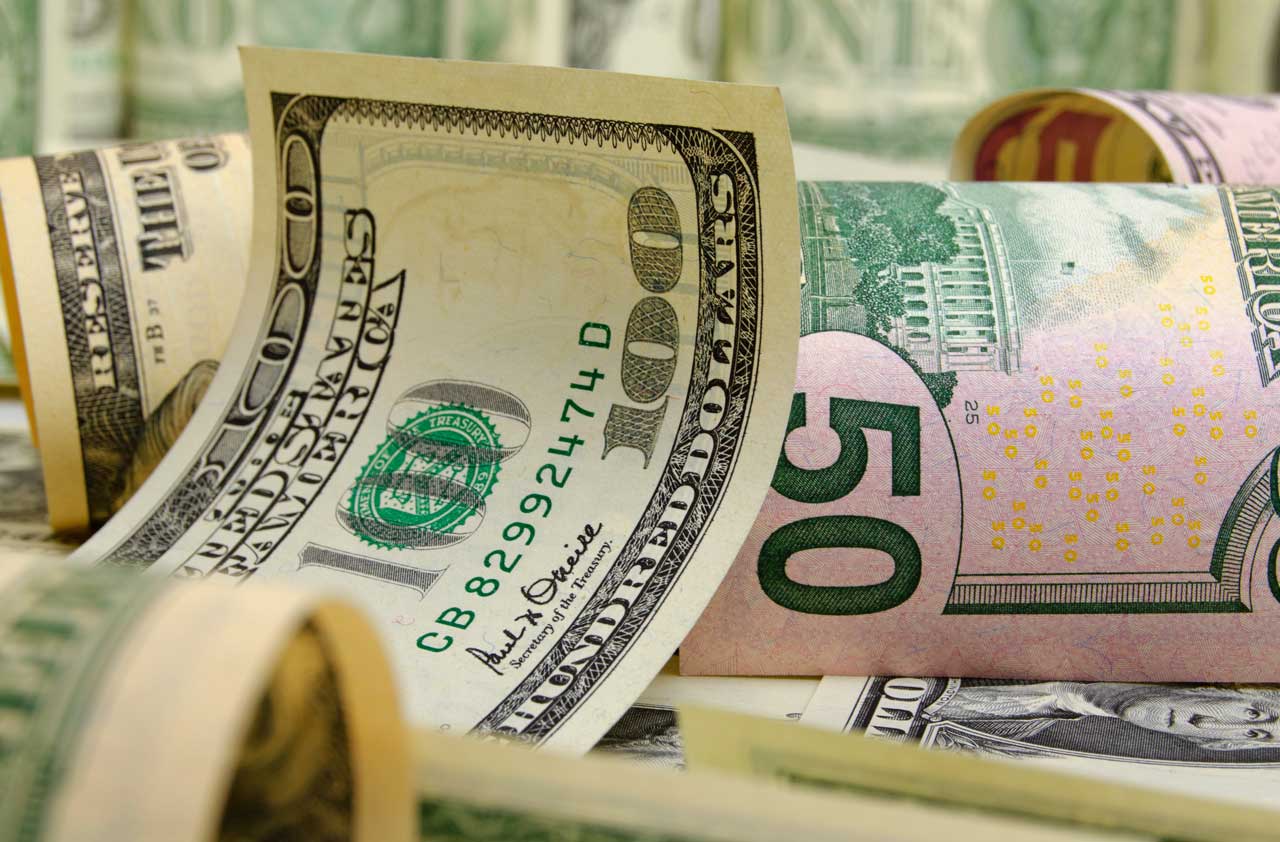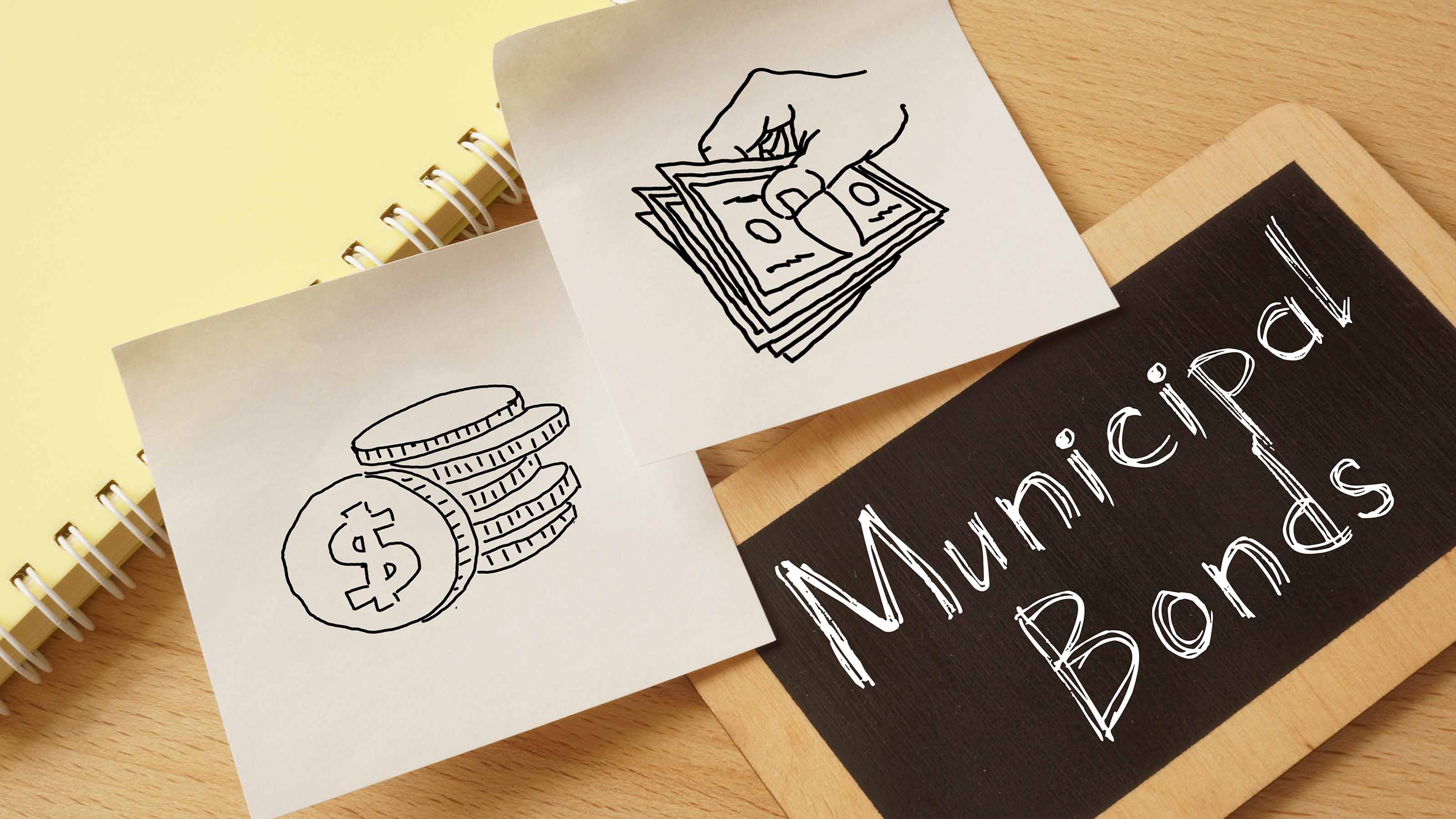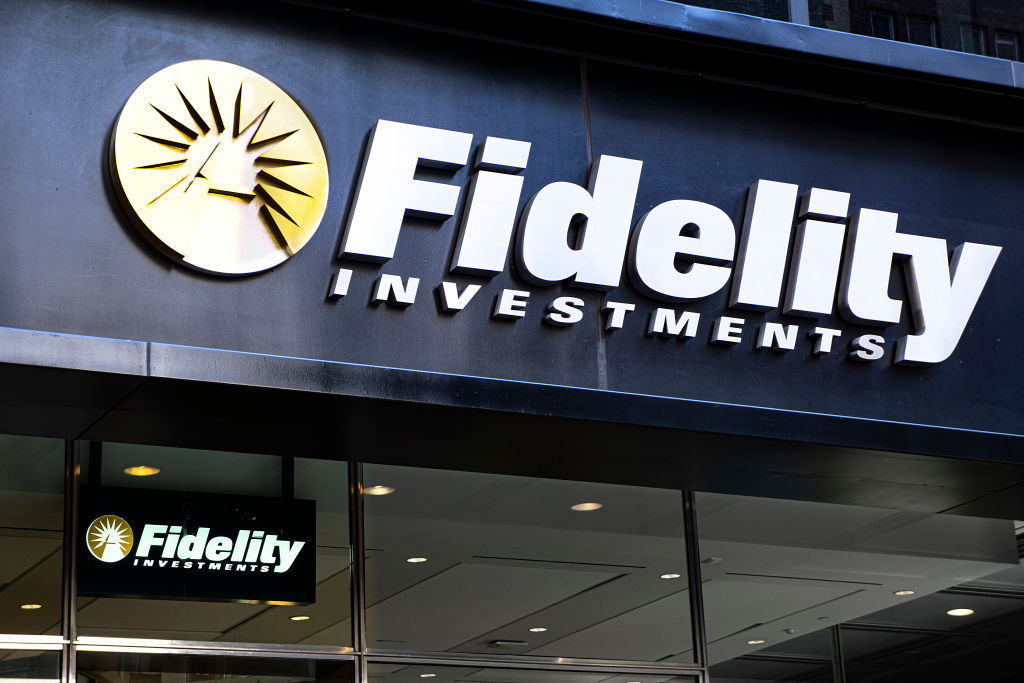4 Best Mutual Funds for Dividend Investors
Dividends have accounted for some 40% of overall U.S. market returns, so don't miss out.


The picks below are part of Kiplinger’s Personal Finance’s annual Best List, a roundup of the best values in all the areas we cover — from funds, stocks and ETFs to credit cards and bank accounts to cars, college, kid stuff, phone plans, travel and health. Discover all our Best List picks here.

Kiplinger's Best List, 2016
- Best Mutual Funds You Can Invest in for $125 or Less
- Best Mutual Funds for Rising Interest Rates
- Best Mutual Funds for Investing in Value Stocks
- Best Stocks for Yield at a Reasonable Price
- Best Online Brokers
- Best Rewards Credit Cards
- Best Deals in Online Banking
- Best Personal-Finance Websites, Apps and Software
- Best New Car Values
- Best Shopping Websites and Apps
- Best Ways to Save Time and Money on Travel
- Best Package Tours for Your Money
- Best Travel Discounts for Seniors
- Best Phone Plans for Every Type of User
- Best Websites and Tools to Save on Your Health
T. Rowe Price Dividend Growth (PRDGX, yield 1.3%) owns stocks that have ample capacity to deliver higher dividends. These big and sturdy businesses should also keep chugging along through good times and bad. The mutual fund’s expense ratio of 0.64% isn’t the lowest, but it’s below average in its category. (Prices and yields are as of September 30.)
Schwab U.S. Dividend Equity ETF (SCHD, $42, 3.1%) pays more income than the average U.S. stock fund, but it doesn’t take excessive risks. The fund tracks an index of high-quality companies that have paid dividends for at least 10 consecutive years. An expense ratio of 0.07% a year makes it the cheapest dividend-focused ETF you can buy.
From just $107.88 $24.99 for Kiplinger Personal Finance
Become a smarter, better informed investor. Subscribe from just $107.88 $24.99, plus get up to 4 Special Issues

Sign up for Kiplinger’s Free Newsletters
Profit and prosper with the best of expert advice on investing, taxes, retirement, personal finance and more - straight to your e-mail.
Profit and prosper with the best of expert advice - straight to your e-mail.
iShares Core High Dividend ETF (HDV, $81, 3.7%) holds a big chunk of its assets in energy and consumer stocks. The ETF also owns plenty of health care and technology stocks, adding some growth potential to the mix. The fund charges 0.08% per year.
iShares U.S. Preferred Stock ETF (PFF, $39, 5.6%) won’t deliver big gains. But its yield crushes the payouts of most common stocks. About two-thirds of its distributions count as qualified dividends, meaning investors pay top federal income tax rates of just 15% or 20%. For more about holding preferreds, see 4 Good Preferred Stocks Yielding 6% or More.
Profit and prosper with the best of Kiplinger's advice on investing, taxes, retirement, personal finance and much more. Delivered daily. Enter your email in the box and click Sign Me Up.

-
 The Santa Claus Rally Officially Begins: Stock Market Today
The Santa Claus Rally Officially Begins: Stock Market TodayThe Santa Claus Rally is officially on as of Wednesday's closing bell, and initial returns are positive.
-
 How to Leave Different Amounts to Adult Children Without Causing a Rift
How to Leave Different Amounts to Adult Children Without Causing a RiftHere’s how to leave different amounts to adult children without causing a family rift.
-
 My Retirement Learning Curve, 1 Year In
My Retirement Learning Curve, 1 Year InA retiree checks in with what they wish they knew early on and what they've changed about their plan one year in.
-
 What Fed Rate Cuts Mean For Fixed-Income Investors
What Fed Rate Cuts Mean For Fixed-Income InvestorsThe Fed's rate-cutting campaign has the fixed-income market set for an encore of Q4 2024.
-
 The Most Tax-Friendly States for Investing in 2025 (Hint: There Are Two)
The Most Tax-Friendly States for Investing in 2025 (Hint: There Are Two)State Taxes Living in one of these places could lower your 2025 investment taxes — especially if you invest in real estate.
-
 The Final Countdown for Retirees with Investment Income
The Final Countdown for Retirees with Investment IncomeRetirement Tax Don’t assume Social Security withholding is enough. Some retirement income may require a quarterly estimated tax payment by the September 15 deadline.
-
 Dividends Are in a Rut
Dividends Are in a RutDividends may be going through a rough patch, but income investors should exercise patience.
-
 Municipal Bonds Stand Firm
Municipal Bonds Stand FirmIf you have the cash to invest, municipal bonds are a worthy alternative to CDs or Treasuries – even as they stare down credit-market Armageddon.
-
 High Yields From High-Rate Lenders
High Yields From High-Rate LendersInvestors seeking out high yields can find them in high-rate lenders, non-bank lenders and a few financial REITs.
-
 Time to Consider Foreign Bonds
Time to Consider Foreign BondsIn 2023, foreign bonds deserve a place on the fringes of a total-return-oriented fixed-income portfolio.
-
 The 5 Best Actively Managed Fidelity Funds to Buy and Hold
The 5 Best Actively Managed Fidelity Funds to Buy and Holdmutual funds Sometimes it's best to leave the driving to the pros – and these actively managed Fidelity funds do just that, at low costs to boot.